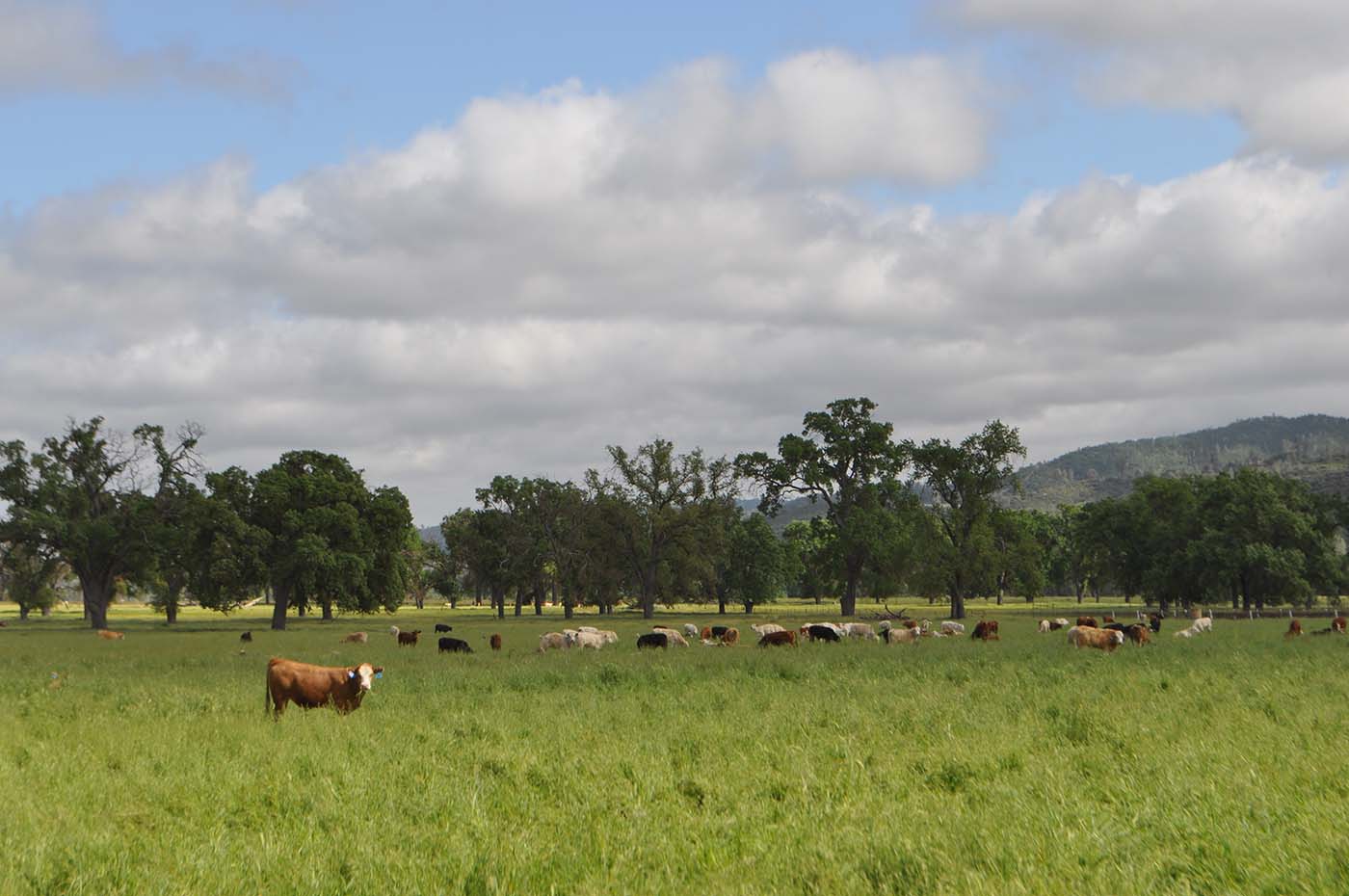Overview
The Packer-Processor Sector is made up of organizations and facilities that harvest, process, package and distribute of beef. The U.S. is the world’s largest producer of beef, primarily high-quality, grain-fed beef for domestic and export consumption. In 2016, U.S. beef production (commercial carcass weight) was 25.2 billion pounds and U.S. commercial slaughter was 30.5 million head. Beef is exported from the U.S. to more than 130 countries. Today, about 14 percent of U.S. beef is exported, with the largest US beef importers being Japan, Canada, Mexico and South Korea. The United States is a net beef importer; predominately for further processing in the country.
After being fed at feedyards for four to six months, live cattle are transported to meat packing plants for primary processing (slaughter). Cattle typically arrive at meat packing plants when they are 18-24 months of age. After slaughter, the carcass is then processed into beef products. At some sites, beef will be boxed and shipped directly to retail customers and in other cases beef will be shipped to other further processing plants before reaching retail or food service customers.
Most packing plants in the U.S. are relatively small in size; 92 percent of plants slaughter less than 50,000 head per year, however, large plants with capacity over 50,000 head account for the vast majority cattle slaughter. They accounted for 96.5 percent of cattle slaughtered in 2016 (USDA). Four major companies dominate the packing market due to the efficiency of scale that comes with operating multiple large plants. Together, the four leaders account for over 85 percent of fed cattle slaughter. Cattle feeding is located predominately in the central plains regions of the country. As a result, large packers have built plants near the major cattle feeding regions of the country. The top four packing states are Nebraska, Kansas, Texas and Colorado. Together, they account for approximately 70 percent of cattle slaughter in 2016.
Beef processing uses resources, such as water, land, energy, packaging materials, chemicals, refrigerants, etc., and these can have impacts on the environment. According to NCBA, 2.6 percent of the CO2e emissions from beef production occur during beef processing (1.6 percent from harvest and 1 percent from case ready). Consequently, processing plants must manage these resources and impacts responsibly. For example, processing plants use water for food safety and sanitation purposes. Similarly, harvest facilities handle live cattle; therefore, they must have detailed animal welfare policies and practices in place.
Continuous Improvement Strategy
For the packer and processor sector, the continuous improvement strategy is embedded within the design of the metrics. Continuous improvement implies that the sector, or companies in the sector, regularly attain greater knowledge about their sustainability impacts as well as continuously develop and apply that knowledge, skills and tools to improve their impacts. Therefore, the metrics are designed to be progressive with three levels. In this SAG document, Level 1 typically implies that the company has a program to address the indicator as this suggests that company has addressed the impact and has put in at least some resources to address that impact. Level 2 is results-oriented and looks for quantifiable impacts, which implies that the company is monitoring and measuring its impacts. Monitoring and measuring is critical to allow for continuous improvement. Finally, Level 3 looks to the future – is the company setting goals and targets for improvement as well as working with other stakeholders in the industry to improve upon the indicator? The levels are cumulative; i.e. if a company were to assess itself or go through a second or third-party assessment, the company would need to achieve Level 1 and 2 before it can qualify as Level 3. The approach will drive continuous improvement in the packer and processor industry.
